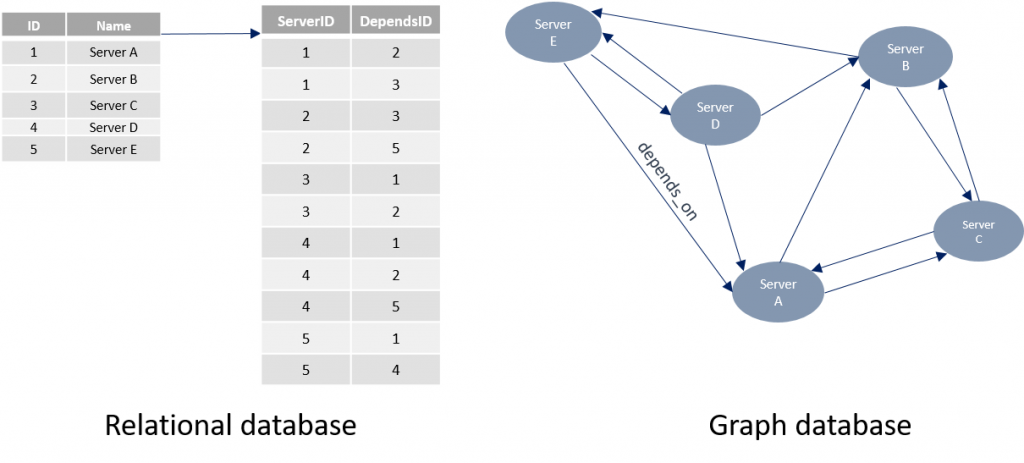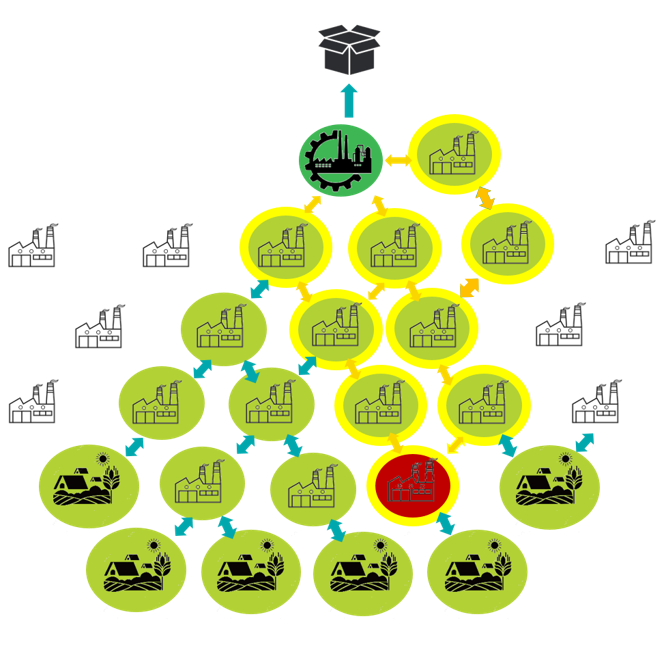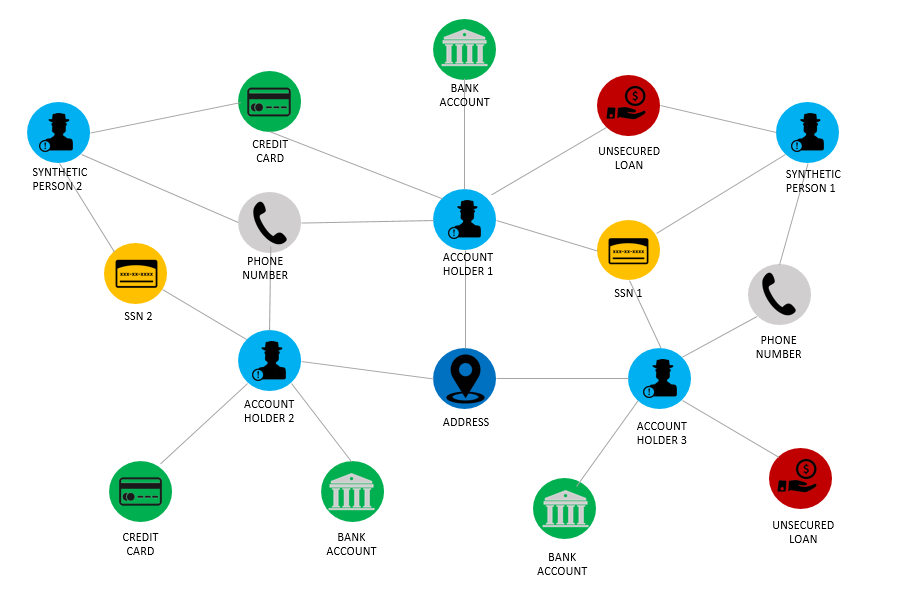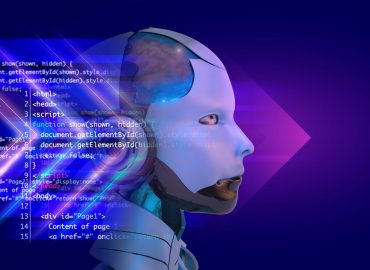Blog ENG
Business use cases of graph databases
Graph databases are used in various industries, from telecommunications, hospitality, to various banking and other financial institutions, for the purposes of sales and monitoring sales chains, all the way to government institutions and monitoring security processes.
Graph databases and Neo4j
Databases can be divided into those that use Structured Query Language and those that don’t, a.k.a. NoSQL databases. One type of NoSQL database are graph databases. A graph database is based, as the name suggests, on a graph. The graph contains nodes and relationships between these nodes, also nodes and relationships may have additional attributes called properties that describe them in more detail. Due to their efficiency when processing highly related data and simple visualization of solutions, graph databases are often used in various business solutions.
One of the most popular graph databases is Neo4j. In addition to the standard functionalities of graph databases, Neo4j enables various additional functionalities, such as the use of data science algorithms, with which it is possible to easily discover additional data values that are hidden in their interconnections.
Business use cases of graph databases
Telecommunication industry
Telecoms are one of the industries that have turned to graph databases in various aspects of their business. Because traditional solutions are often too hierarchical and not flexible enough to keep up with today’s complex and dynamic networks, telecom providers are forced to turn to new, scalable solutions that can provide services that will help them in real time and very easily detect impacts on end users so they can react in time. Telecoms are turning to solutions that accurately reflect and allow easy visualization of their highly interconnected systems and services that often come from different sources.

The Network is a Graph
If we look at the network representation of a telecommunications system, we can see that it is indeed a graph that has different nodes and connections between them. Nodes are actually systems and services, from physical items (such as routers, servers and switches), software solutions (applications), to activities (user calls, media transfers) and customer information (such as rights and subscriptions). All this information comes from different sources, and is interconnected and interdependent. That is why a graph representation of this topology allows for a better understanding of the interconnectedness of components and allows us to monitor the flow of information in such systems as we present them as they really are, networked.
Graph databases are used to create knowledge graphs that allow for the creation of logical connections between numbers of related concepts in order to obtain the desired information as quickly as possible. Such knowledge graphs are widely used in helpdesks and sales centres of large telecoms because they allow employees to quickly access information related to users and services and thus speed up and improve their business processes.
Find out more about the use cases in the article Neo4j for telecoms.
Retail
Today’s sales, i.e. the sales of the modern age, are facing a new challenge that is becoming more and more complex. Due to low costs and large quantities of products, internet giants like Amazon can deliver products faster at a lower price than smaller retailers. To remain relevant, retailers must have real-time control over their warehouses, payments, and delivery systems. But also, to keep up with the challenges that come, especially with online commerce, it is important for them to modernize their outdated, legacy systems with new, more convenient solutions.
Supply chain management
Today’s supply chains are large and extremely complex, which makes them very suitable for various risks such as fraud, contamination, uncertain or even unknown sources of raw materials. If such a failure occurs, it is important to react in time and detect all affected parts of the supply chain. Also, most producers know only their direct suppliers and have little or no information about the origins of other raw materials that their product contains. Precisely for this reason, graph databases help to quickly detect all components of a supply chain and enable a simple visualization that makes it very easy to detect how certain failures or difficulties affect the distribution of a product.

Find out more use cases for retail in our Neo4j for retail article.
Finance
The world of finance deals with extremely delicate data, including money. The data is distributed through different systems and its security comes first. Therefore, it is extremely important for a successful business that data can be obtained in a simple way without compromising its security, privacy and dynamicity of the entire business. That is why graph databases have been chosen for many financial solutions. They not only help in the fight against financial fraud but also enable companies to gain an advantage over the competition by analysing their own revenues and sales.
Financial fraud
Financial fraud is becoming increasingly difficult to spot as criminals introduce new ways to deceive systems on a daily basis. For example, they create synthetic accounts to carry out unrelated, and in fact highly correlated, activities. Personal data is often stolen from several different people, and then their data such as address, email, phone number, etc. is mixed up and new synthetic users are created, which are then used to open user accounts or credit cards. Traditional ways of defending against fraud cannot spot such ways of fraud. Therefore, financial institutions must monitor customer-related data and their accounts in order to spot such unrelated links. More and more financial companies are opting for graph databases to track data about users, devices, locations, and other activities, and thus identify and prevent fraud that arises from the creation of synthetic data.

Learn more about other possible uses in the world of finance in our article Neo4j in finance.
Conclusion
The modern age presents a great challenge for various business aspects. Therefore, it is extremely important that business solutions are enriched with new technologies and thus improve their performance. Today, the amount and power of data is extremely large. Many companies, although they collect and have access to a large amount of data, often do not know how to use this data to their advantage. Database graphs enable fast and simple visualization of highly connected data and thus provide a detailed insight into the relationships between them.

